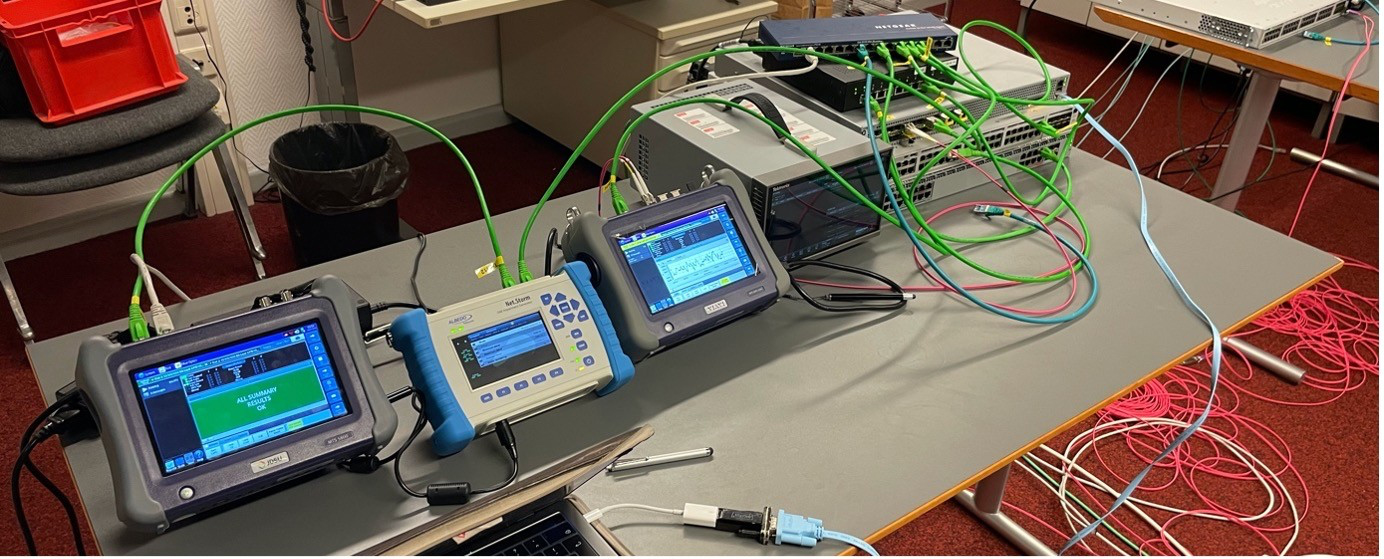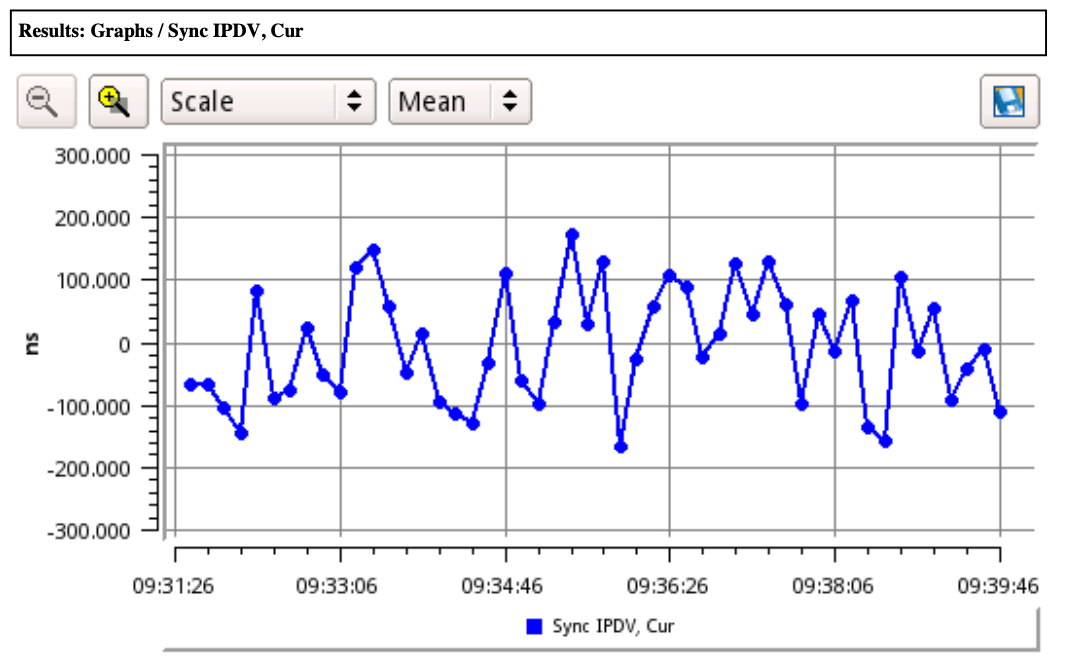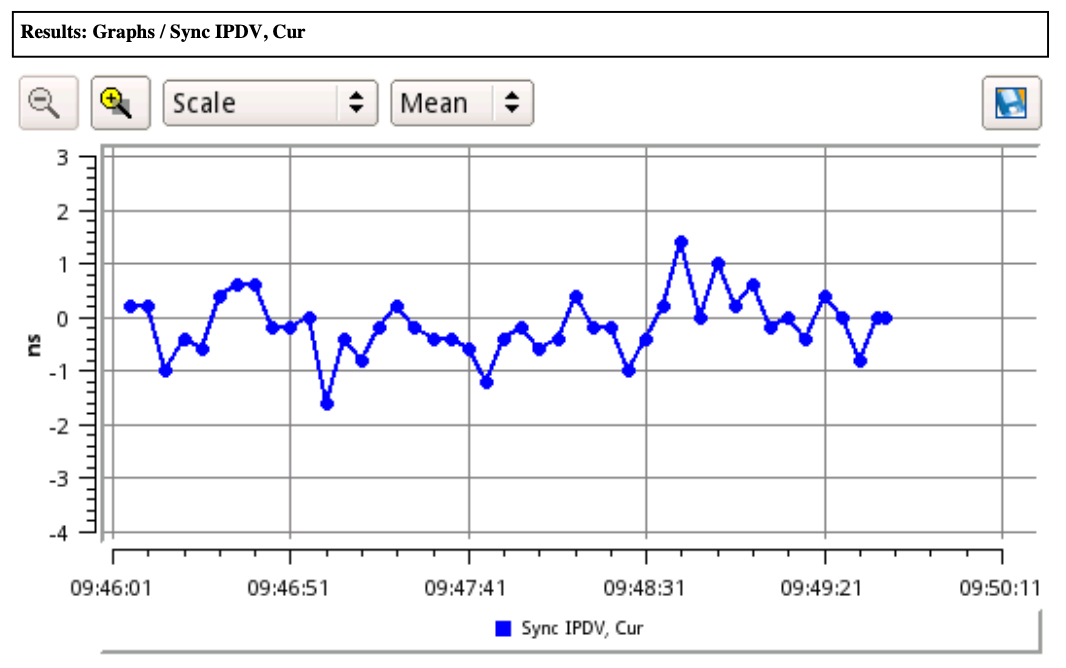Trends
Broadcast Workflows
All-IP Convergence
IP Video, HD Video & Digital Signs
Markets
Civilian Fed Government
Defense & Intelligence
Media, Broadcast & Production
Professional Audio Video
Simplexity Switzerland puts Artel Quarra Switch Boundary Clocking to the Test.









